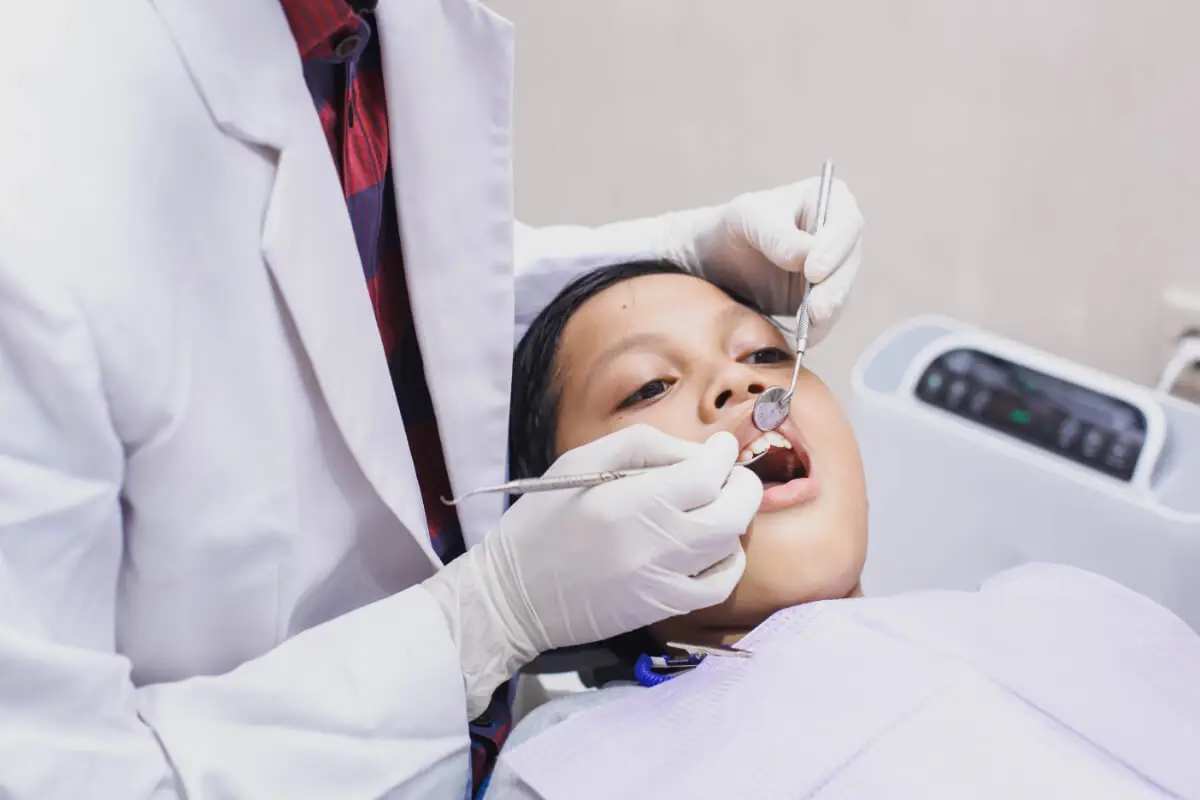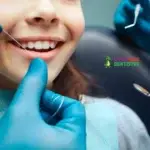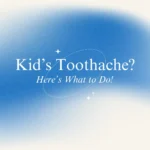As your kid’s baby teeth fall out and are replaced by permanent teeth, you can notice that your child has an overbite or underbite, or that their teeth appear crowded or crooked. Your child’s grin is influenced by a variety of things, including as genetics, thumb- and pacifier-sucking habits, inadequate nutrition, and mishaps.
There are other signs that your child needs braces than just having crooked teeth. Braces can be used to correct a misaligned bite, jaw disorders, speech difficulties, and other conditions. Braces can fix a misaligned bite, but failing to do so could lead to other dental health issues. Learn more from the American Dental Association about these issues with braces.
What Advantages Do Braces Offer?
Although it is a big benefit, braces have many uses than only cosmetic ones. A stunning, evenly spaced grin boosts self-esteem and guards against future dental health issues. A properly aligned child’s bite reduces the likelihood of wear and breakage. When your child’s teeth and bite are not in alignment, trauma and teeth grinding are more likely to happen.
Additionally, it is easier for plaque to accumulate between crowded teeth, which can lead to gum disease and tooth decay. When properly spaced, plaque and germs that create cavities are simpler to remove with brushing. Braces also frequently help with speech issues. Additionally, breathing and sleep quality may be enhanced by appropriately positioning your child’s mouth and jaws.
When should my child start wearing braces?
Most kids receive braces between the ages of 9 and 14.
Your youngster should make their first appointment with an orthodontist by the age of seven. While it may be suggested that orthodontic treatments start at that time or a few years later, braces are often advised when all permanent teeth have come in. When your child still has baby teeth, the interceptive method advises getting dental appliances so that when your child receives braces, they will wear them for less time with simpler correction.
You and your child’s pediatric dentist can decide whether you want to address these issues right away or postpone the initial step of treatment in order to perhaps save some money.
Please be aware that before getting braces, problems including periodontal disease and damaged, decayed, or missing teeth must be treated. You’re still unaware of when and for what therapies your child will require. A dental appointment may be made at Little Kids Dentistry.










